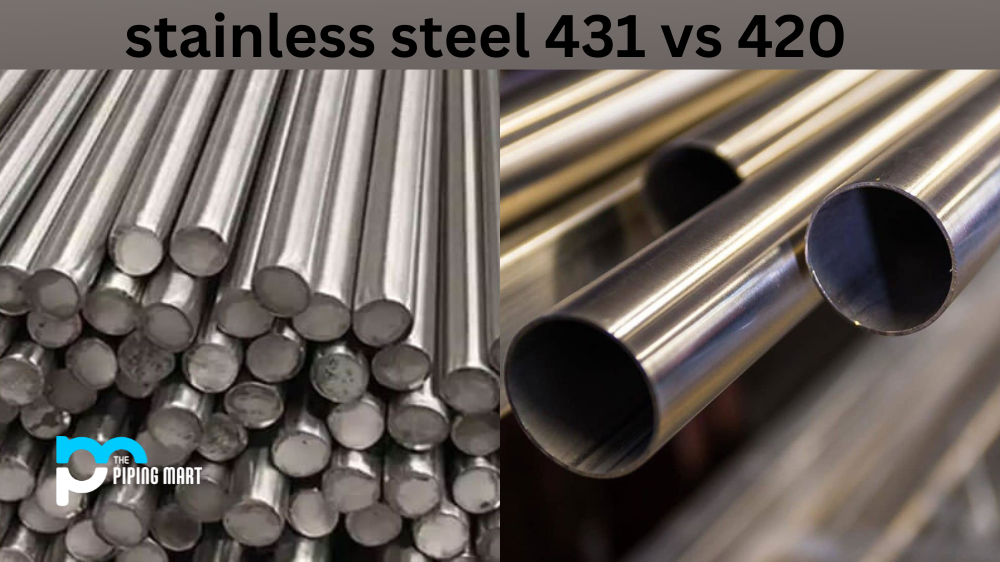If you’re a welder, you know that one of the most important steps in the welding process is polishing the stainless steel. Achieving a smooth, even finish on your welds is essential to creating a professional-looking product. In this blog post, we’ll show you how to polish stainless steel after welding so that your welds have a high-quality, professional appearance.
There are two main methods for polishing stainless steel after welding: manual polishing and machine polishing.
Manual Polishing
Manual polishing is the more traditional method and involves using a variety of hand tools to achieve the desired finish. This method can be more time-consuming than machine polishing, but it’s also more forgiving, so it’s a great option for beginners. The most important thing to remember when manually polishing stainless steel is to use consistent pressure and circular motions.
- To start, you’ll need to gather your supplies. For manual polishing, you’ll need a set of hand pads (we recommend using 3M Red Abrasive Pads), some water-based lubricant (like WD-40), and a clean rag. Once you have your supplies, follow these steps:
- Soak your hand pads in water for 5 minutes. This will help prevent them from drying out too quickly as you work.
- Apply a generous amount of lubricant to the area you’ll be working on. This will help reduce friction and heat build-up as you polish.
- Start with the coarsest hand pad and use circular motions to work the polish into the surface of the metal. Be sure to apply consistent pressure as you work.
- Repeat step 3 with progressively finer hand pads until you’ve achieved the desired finish.
- Wipe away any excess polish with a clean rag and admire your handiwork!
Machine Polishing
Machine polishing is the faster, easier method for achieving a high-quality finish on your welds. However, it does require access to specialized equipment, so it’s not an option for everyone. If you do have access to machine polishing equipment, we recommend using 3M Scotch-Brite Wheels in conjunction with a buffing compound like Flitz Metal Polish Paste.
To start, gather your supplies and follow these steps:
- Mount the Scotch-Brite Wheel onto your machine polisher (we recommend using a variable speed buffer).
- Apply a generous amount of buffing compound to the wheel and the surface of the metal you’ll be working on.
- Turn on the machine polisher and begin working the buffing compound into the metal using small, circular motions. Be sure to apply consistent pressure as you work.
- Continue buffing until you’ve achieved the desired finish, then turn off the machine polisher. Wipe away any excess buffing compound with a clean rag. Admire your handiwork! [If necessary], repeat steps 2-5 until all welding marks have been removed and a high-quality finish has been achieved. [If necessary], apply a sealant or wax to protect your polished surface from corrosion. [If necessary], apply a coating or paint if desired. [If necessary], reassemble any parts that were disassembled during welding. That’s it—you’re finished! [Admire your handiwork].

Pipingmart is a B2B portal that specializes in metal, industrial and piping items. Additionally, we share the latest information and information about materials, products and various types of grades to assist businesses that are involved in this business.




